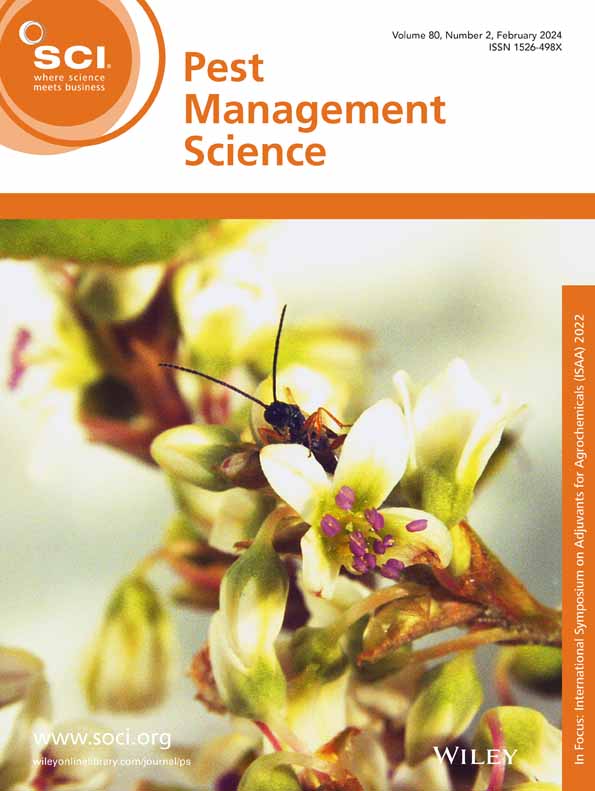Analyzing the spatiotemporal habitat colonization dynamics of the common vole (Microtus arvalis Pallas) in Castilla y León, northwest Spain, using a hotspot-based approach†
Abstract
BACKGROUND
The common vole is an agricultural pest and population outbreaks have caused significant crop damage in the agricultural areas of the west-central part of the Iberian Peninsula (Spain) during the last few decades. Thus, monitoring is imperative to gain a comprehensive insight on its spatiotemporal habitat colonization dynamics. This work was performed on a long-term database with the primary objective of establishing an operational framework for understanding the spatial and temporal distribution of the common vole, all of it based on the Getis-Ord statistics.
RESULTS
The temporal evolution of the vole abundance index (VAI) was consistent for the three studied habitats, that is, crops, reservoirs and paths. Furthermore, the majority of common vole abundance peaks coincide with summer periods, especially in annual herbaceous crops. The spatial distribution of vole abundance exhibited a non-random pattern, characterized by spatial clustering. Particularly, the areas with higher significance of this clustering were located at the so-called ‘Tierra de Campos’ county, covering northern Valladolid, southern Palencia and north-eastern Zamora provinces. Periods of major incidence and concentration were 2013–2014, 2016–2017 and 2019. Common vole temporal occupancy patterns demonstrate that colonization occurred simultaneously in alfalfa reservoirs and dispersion paths, both preceding settlement in annual herbaceous crop plots.
CONCLUSION
The geographic information system (GIS)-hotspots-based methodology proposed here can be valuable for stakeholders involved in integrated management of the common vole, serving as a detector of pest-prone areas in both space and time. These hotspots are useful for predicting future surveillance areas that accurately reflect pest colonization patterns. It was found that common vole abundance along dispersal paths acts as a source of dissemination, preceding the risk of colonization in annual herbaceous crop plots. © 2024 The Author(s). Pest Management Science published by John Wiley & Sons Ltd on behalf of Society of Chemical Industry.


 求助内容:
求助内容: 应助结果提醒方式:
应助结果提醒方式:


